This article was medically reviewed by Troy A. Miles, MD. Dr. Miles is an Orthopedic Surgeon specializing in Adult Joint Reconstruction in California. He received his MD from the Albert Einstein College of Medicine in 2010, followed by a residency at the Oregon Health & Science University and fellowship at the University of California, Davis. He is a Diplomat of the American Board of Orthopaedic Surgery and is a member of the American Association of Hip and Knee Surgeons, American Orthopaedic Association, American Association of Orthopaedic Surgery, and the North Pacific Orthopaedic Society.
There are 13 references cited in this article, which can be found at the bottom of the page.
wikiHow marks an article as reader-approved once it receives enough positive feedback. In this case, 84% of readers who voted found the article helpful, earning it our reader-approved status.
This article has been viewed 510,093 times.
Muscle cramps occur when one or more of your muscles contracts involuntarily and does not relax.[1] There are numerous causes of muscle cramps, including strenuous activity and dehydration.[2] Many muscle cramps are in direct response to your body's potassium, magnesium, sodium, and calcium deficiencies, as these minerals help regulate the activity in your nerves and muscles.[3] Learning how to use minerals to relieve your muscle cramps can help you feel better and get back to your usual activities.
Steps
Ingesting Minerals to Relieve Cramps
-
1Add sodium to your diet. Sodium plays an important role in preventing or treating muscle cramps.[4] That's because sodium helps regulate the body's muscle contraction and relaxation.[5]
- While sodium is an important part of your diet, too much sodium can cause high blood pressure, which can lead to heart disease, stroke, kidney disease, and congestive heart failure.[6]
- Medical professionals typically recommend keeping your daily sodium intake under 2,300 mg each day, or 1,500 mg for individuals over age 50. Individuals with high blood pressure, diabetes, or chronic kidney problems should also lower their daily sodium intake.[7]
- Common dietary sources of sodium include all vegetables and dairy products, as well as meat and shellfish.[8]
-
2Get more magnesium. Magnesium is one of many minerals that your body needs to ensure proper muscle function. The studies conducted on muscle cramps and magnesium are somewhat inconclusive, although one study did find a significant improvement in pregnant women experiencing muscle cramps.Advertisement
-
3
-
4Ingest more calcium. Calcium is required for proper muscle function.[15] Finding ways to increase your calcium levels may help relieve muscle cramps.[16]
- Vitamin D is required to properly absorb calcium. You can get vitamin D from foods like salmon and egg yokes, or through exposure to the sun.[17]
- Dietary sources of calcium include dark leafy vegetables like broccoli, spinach, and kale, as well as milk, soy milk, and some fortified fruit juices.[18]
- Calcium supplements are also available at most pharmacies; however, some studies suggest that calcium supplements may cause kidney stones and other health risks that outweigh the potential benefits.[19] Talk to your doctor before taking this or any other supplement.
Soaking in a Mineral Bath
-
1Draw a warm bath. Studies have shown that soaking a cramped muscle can help improve blood flow and relax the muscle out of its tense, cramped state.[20] Be sure that the water is not too hot, to prevent burns and discomfort.
-
2
-
3Soak in the mineral bath. It's okay to completely submerge your body in the epsom salt bath if you want to. At the very least, though, you should completely submerge the part of your body experiencing muscle cramps. Soak for at least 12 minutes to experience the relaxing effects of a mineral bath.[23]
- Talk to your doctor about how long and how often it is safe to soak in an epsom salt bath.[24]
-
4Make an epsom salt compress. If you do not want to soak in the bath, you can also prepare a compress using the same measurements as you would for a bath. Simply soak a clean towel in the epsom salt bath and apply directly to the cramped muscle.[25]
Warnings
- Muscle cramps are usually temporary and don't cause permanent damage. But contact a doctor if the cramp or spasm lasts for more than a day, or if it continues to bother you despite trying these steps.⧼thumbs_response⧽
- If your leg cramps are severe and chronic, see your doctor. If you believe you are a sufferer of "restless leg syndrome," ask your doctor about new medications developed just for this painful and debilitating condition.⧼thumbs_response⧽
- Some cholesterol medications (like Lipitor or Simvastatin) have a serious side effect called rhabdomyolysis. This means that the medication is actually breaking down the muscle and can cause serious damage if it isn't caught. If you are experiencing muscle cramps for no apparent reason and you are taking a "statin" medication for your cholesterol, talk to your doctor immediately.[26]⧼thumbs_response⧽
References
- ↑ http://www.mayoclinic.org/diseases-conditions/muscle-cramp/basics/definition/con-20014594
- ↑ http://www.mayoclinic.org/diseases-conditions/muscle-cramp/basics/definition/con-20014594
- ↑ https://www.betterhealth.vic.gov.au/health/conditionsandtreatments/muscle-cramp
- ↑ https://www.betterhealth.vic.gov.au/health/conditionsandtreatments/muscle-cramp
- ↑ http://www.mayoclinic.org/healthy-lifestyle/nutrition-and-healthy-eating/in-depth/sodium/art-20045479
- ↑ http://www.mayoclinic.org/healthy-lifestyle/nutrition-and-healthy-eating/in-depth/sodium/art-20045479
- ↑ http://www.mayoclinic.org/healthy-lifestyle/nutrition-and-healthy-eating/in-depth/sodium/art-20045479
- ↑ http://www.mayoclinic.org/healthy-lifestyle/nutrition-and-healthy-eating/in-depth/sodium/art-20045479
- ↑ http://www.mayoclinic.org/drugs-supplements/magnesium-supplement-oral-route-parenteral-route/description/drg-20070730
- ↑ http://www.mayoclinic.org/drugs-supplements/magnesium-supplement-oral-route-parenteral-route/description/drg-20070730
- ↑ http://www.mayoclinic.org/symptoms/low-potassium/basics/definition/sym-20050632
- ↑ https://www.betterhealth.vic.gov.au/health/conditionsandtreatments/muscle-cramp
- ↑ http://www.mayoclinic.org/drugs-supplements/potassium-supplement-oral-route-parenteral-route/description/drg-20070753
- ↑ http://www.mayoclinic.org/drugs-supplements/potassium-supplement-oral-route-parenteral-route/description/drg-20070753
- ↑ http://www.mayoclinic.org/healthy-lifestyle/nutrition-and-healthy-eating/in-depth/calcium-supplements/art-20047097
- ↑ https://www.betterhealth.vic.gov.au/health/conditionsandtreatments/muscle-cramp
- ↑ http://www.mayoclinic.org/healthy-lifestyle/nutrition-and-healthy-eating/in-depth/calcium-supplements/art-20047097
- ↑ http://www.mayoclinic.org/healthy-lifestyle/nutrition-and-healthy-eating/in-depth/health-tip/art-20048938
- ↑ http://www.mayoclinic.org/healthy-lifestyle/nutrition-and-healthy-eating/in-depth/health-tip/art-20048938
- ↑ http://www.emedicinehealth.com/muscle_cramps-health/article_em.htm
- ↑ http://www.mayoclinic.org/drugs-supplements/magnes/description/drg-20088513
- ↑ http://www.mayoclinic.org/drugs-supplements/magnes/proper-use/drg-20088513
- ↑ http://www.webmd.com/a-to-z-guides/epsom-salt-bath?page=2
- ↑ http://www.webmd.com/a-to-z-guides/epsom-salt-bath?page=2
- ↑ http://www.mayoclinic.org/drugs-supplements/magnes/proper-use/drg-20088513
- ↑ http://www.mayoclinic.org/rhabdomyolysis/expert-answers/faq-20057817
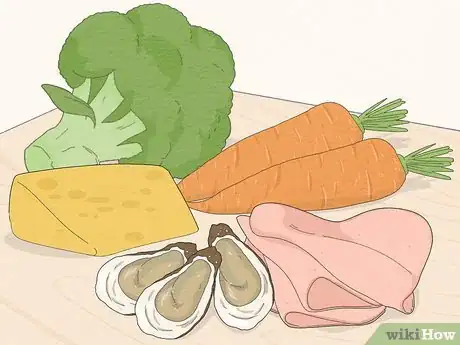
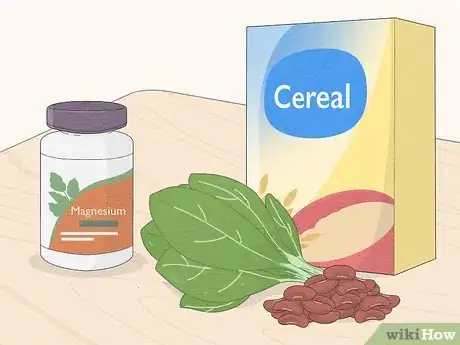
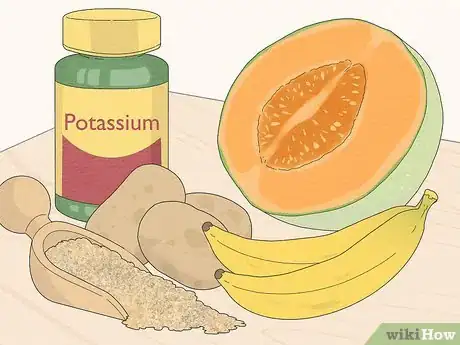
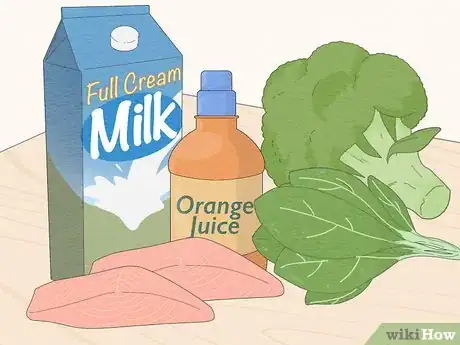
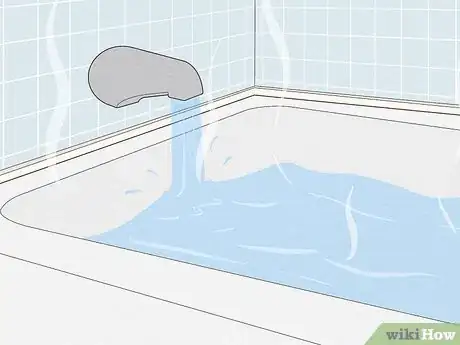
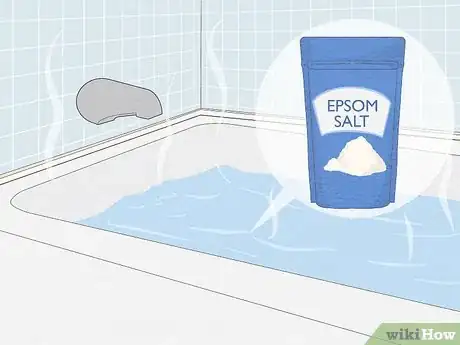
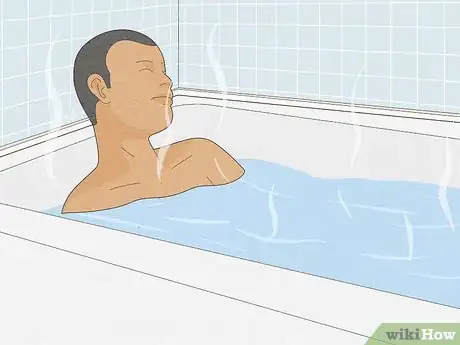
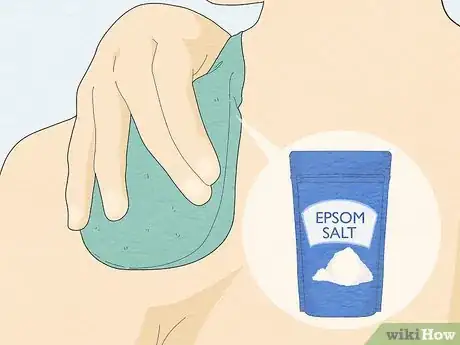
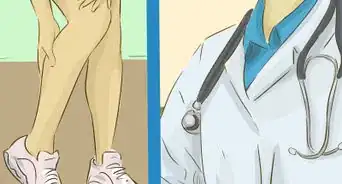


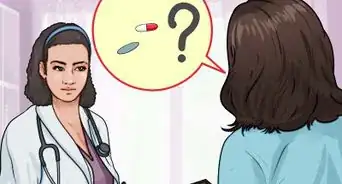
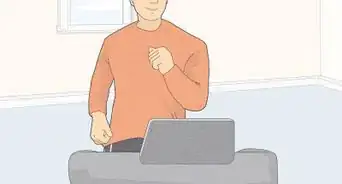

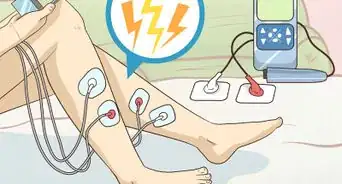
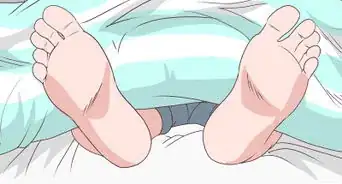
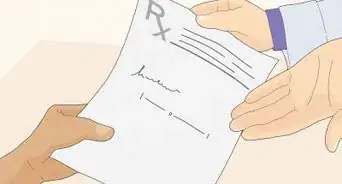
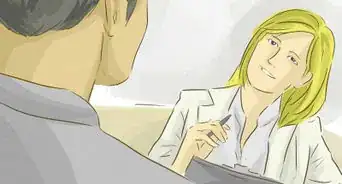










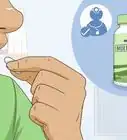
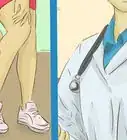
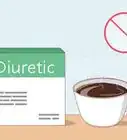
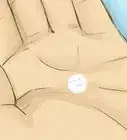



































Medical Disclaimer
The content of this article is not intended to be a substitute for professional medical advice, examination, diagnosis, or treatment. You should always contact your doctor or other qualified healthcare professional before starting, changing, or stopping any kind of health treatment.
Read More...